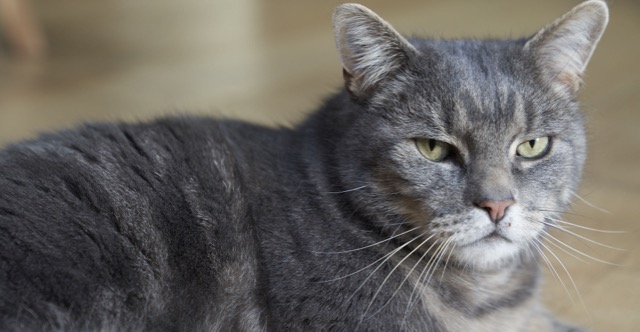 |
| Striped tabbies have the ancestral tabby pattern |
Spots, stripes or blotches, we tabbies have beautiful coat markings. I am a silver tabby but tabby markings can be found in beige or brown coated cats and a few gingers too. It's the background colour that varies.
Now some human geneticists have been studying just how it happens... in order to find out how the leopard got its spots. (Did you spot the Kipling reference there?)
First they found a gene they called Taqpep. Depending on how this gene worked, a tabby was striped or blotched and (guess what) cheetahs were just large tabbies when it came to coat colourings.
Then they investigated further and found that tabby markings happen very early before birth. The skin surrounding the feline fetus starts growing thicker or thinner. This is even before there are any melanocytes, the cells which are responsible for different colours.
Then slowly the hair folicules develop and with them the colouring, the melanin. Some folicules have dark melanin called pheomelanin and some have light melanin called eumelanin.
This coincides with the tabby patterning. The eumelanin defines the background colour to the stripes, blotches or spots.
They then looked back even further into the earliest days of the embryo and found the patterning could be recognised at an even earlier stage. The Taqpep gene influenced the pattern of how a protein coding gene Dkk4 was expressed.
With me? Difficult if you are not a geneticist.
Their conclusion was that it was a reaction-diffusion model, a sort of genetic game whereby a colouring gene was inhibited or expressed.
And all this led back to a very clever human Alan Turing who in the l950s suggested this particular kind of gene expression.
As for me, I don't understand all of this but what I do know is that tabbies are the most beautiful of all cats, whether they are pussycats like me or big fierce cats like tigers.
PS. Want to know more? Put Developmental genetics of color pattern
establishment in cats into Google Scholar!






